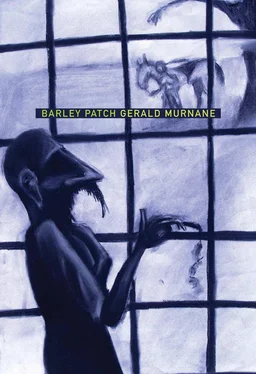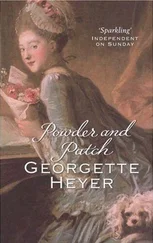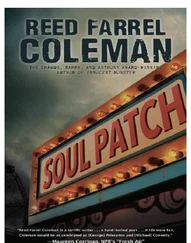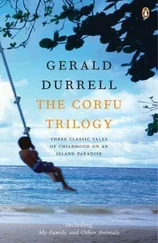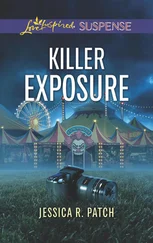During the months before the bustling afternoon mentioned in the very first section of this work of fiction, I used often to glance at a certain young woman while she and I and many other persons waited on a certain suburban railway station. I took note of the yellowish hair of the young woman and of the tilt of her nose. I hoped I would be able to keep an image of the young woman in my mind while I was writing a later section of the book of fiction that I was then writing. After I had abandoned that book of fiction, I sometimes regretted that no passage of my own fiction would ever bring to mind any image of the young woman. However, I remained hopeful that some or another image of her might appear in the future to some or another reader or writer of some or another page not of my making. Now, having brought to an end this present work of fiction, I am even more hopeful.
In some or another room in a certain memory palace, some or another compiler of pages may already have had sight of her image. She is a trainer and also, perhaps, an owner of racehorses on a property in countryside resembling some or another district of New Zealand or of Tasmania. Near the centre of the property is a training track enclosing a swampy area that might be called today, in the place where I sit writing these words, wetlands. I could wish that the sighting mentioned above might have occurred on one or another morning when the young woman would have been loading one or another of her racehorses into a horse-float to be taken to one or another distant racecourse not yet mentioned in any work of fiction and, by definition, never able to be so mentioned. I could hardly doubt that the young woman’s helper would be a stern-faced older woman. Nor could I suppose that the building partly visible between trees in the middle distance would be other than a house with attic windows or an upper storey. As for the item dangling from the lapel of each woman — the shield-shaped card that will later admit her to the mounting-yard beside the distant racecourse — the badge on the breast of each female personage would be of black and of gold.
GERALD MURNANE was born in Melbourne, Australia in 1939. He is the author of eight works of fiction, including Inland, The Plains , and Tamarisk Row , as well as a collection of essays, Invisible Yet Enduring Lilacs . Murnane has been a recipient of the Patrick White Award and the Melbourne Prize. Barley Patch won the 2010 Adelaide Festival Award for Innovation.
